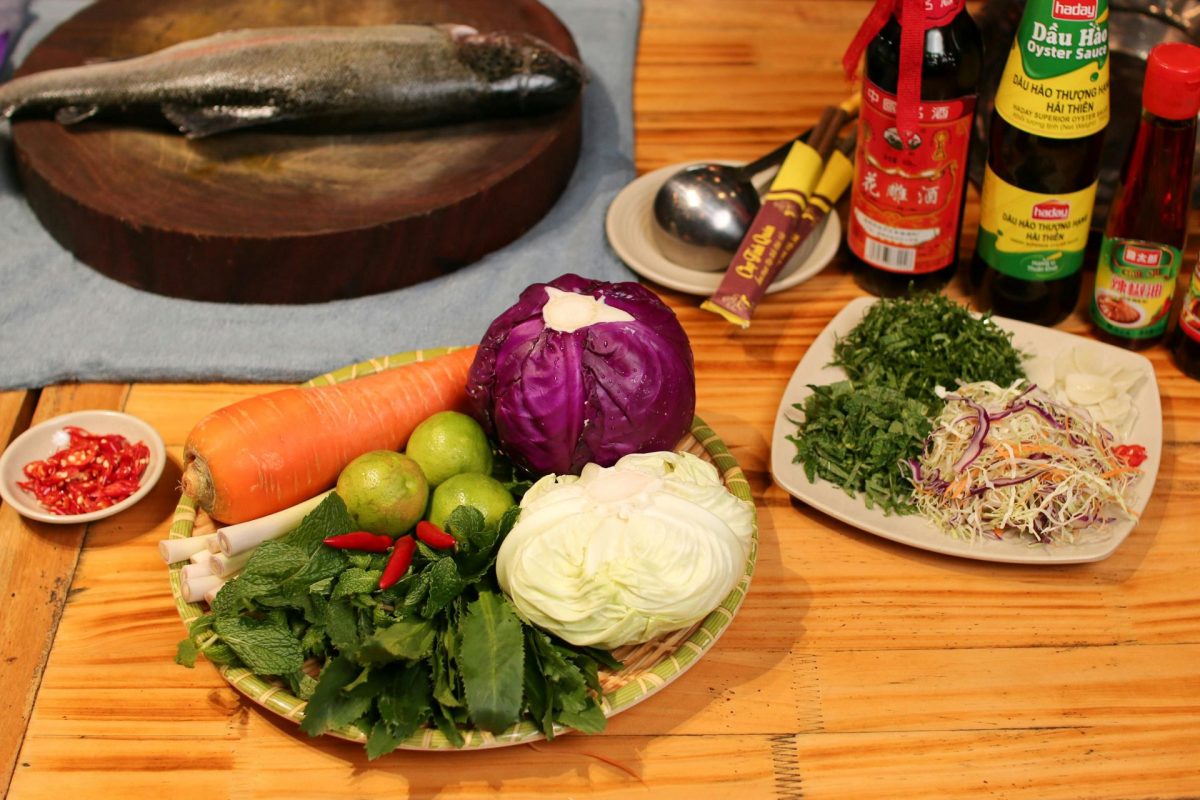NEWS
Global Food Prices Continue to Decline
Global Food Prices Continue to Decline
The FAO Food Price Index continued its downward trend in February.
Food prices continue to decline worldwide. The FAO Food Price Index fell by 0.7 percent in February, driven by decreases in the cereal and vegetable oil price indexes, and dropped by 10.5 percent annually.
The FAO Cereal Price Index fell by 5.0 percent in February on a monthly basis and declined by 22.4 percent annually. The international prices of all major cereals decreased compared to the previous month, with corn export prices experiencing the most significant drop due to large harvest expectations in Argentina and Brazil and competitive prices offered by Ukraine benefiting from smooth maritime trade routes.
The decline in international wheat prices was largely due to the reduction in export quotas due to Russia’s strong export pace, putting downward pressure on prices from other origins, especially the European Union.
In parallel with the relaxation in the wheat and corn markets, world prices for barley and sorghum also declined. International rice prices, excluding purchases from Indonesia, fell by 1.6 percent monthly, reflecting generally slow import demand and the start of the new crop harvest in some supplying countries.
While international soybean oil prices experienced a significant decline in February, this decrease was influenced by the expectation of ample soybean production in South America due to generally favorable harvest conditions. Meanwhile, global prices for sunflower and rapeseed oils declined, reflecting ongoing abundance in global exports. However, world palm oil prices rose slightly in February due to the seasonal decline in production in major producing countries in Southeast Asia.
The FAO Vegetable Oil Price Index fell by 1.3 percent in February, declining by 11 percent annually. The retreat in world prices of soybean, sunflower, and rapeseed oils contributed to this decline. This trend largely offset the marginal increase in palm oil quotations.
The international prices of soybean oil experienced a significant decline in February, driven by expectations of abundant soybean harvests in South America due to favorable conditions. Meanwhile, global prices for sunflower and rapeseed oils declined, reflecting ongoing abundance in global exports. However, world palm oil prices rose slightly in February due to the seasonal decline in production in major producing countries in Southeast Asia.
The FAO Dairy Price Index rose by 1.1 percent monthly in February, while it fell by 13.4 percent annually.
In February, world butter prices saw the most significant increase, supported by increased import demand from Asian buyers and seasonal declines in milk production in Oceania countries. Meanwhile, whole milk powder prices continued to rise slowly, especially due to increased import demand from China, partially offsetting the decline in European Union prices.
Skimmed milk powder prices remained stable, as the increase in Oceania prices, reflecting high shipping costs and delays due to conflicts in the Red Sea, was largely balanced by the decline in European Union prices.
International cheese prices also showed a marginal increase due to the positive turn in import interest from Asia amid declining stocks in the European Union.
The FAO Meat Price Index increased by 1.8 percent in February, reversing the seven-month consecutive decline. However, it decreased by 0.8 percent annually.
International price quotations for poultry meat recorded the most significant increase, followed by beef, mainly supported by increased demand from leading importing countries.
The increase in beef prices was due to lower-than-expected supply from Australia, as severe rains disrupted cattle transportation from major producing regions. Pork prices also increased slightly due to high demand from China and continued supply tightness in Western Europe. However, international prices for sheep meat declined due to a slowdown in China’s import pace and record production following the rebuilding of herds in Australia.
The FAO Sugar Price Index rose by 3.2 percent in February, marking the second consecutive monthly increase, while it increased by 12.5 percent annually.
Continued concerns about the outlook for the upcoming season following prolonged below-average rainfall in Brazil continued to support world sugar prices, exacerbating seasonal upward pressure. Additionally, forecasts indicating possible production declines in the leading exporting countries of Thailand and India contributed to the price increase. However, towards the end of February, increased rainfall in significant planting areas in Brazil and the weakening of the Brazilian real against the US dollar limited the increase in world sugar prices.

